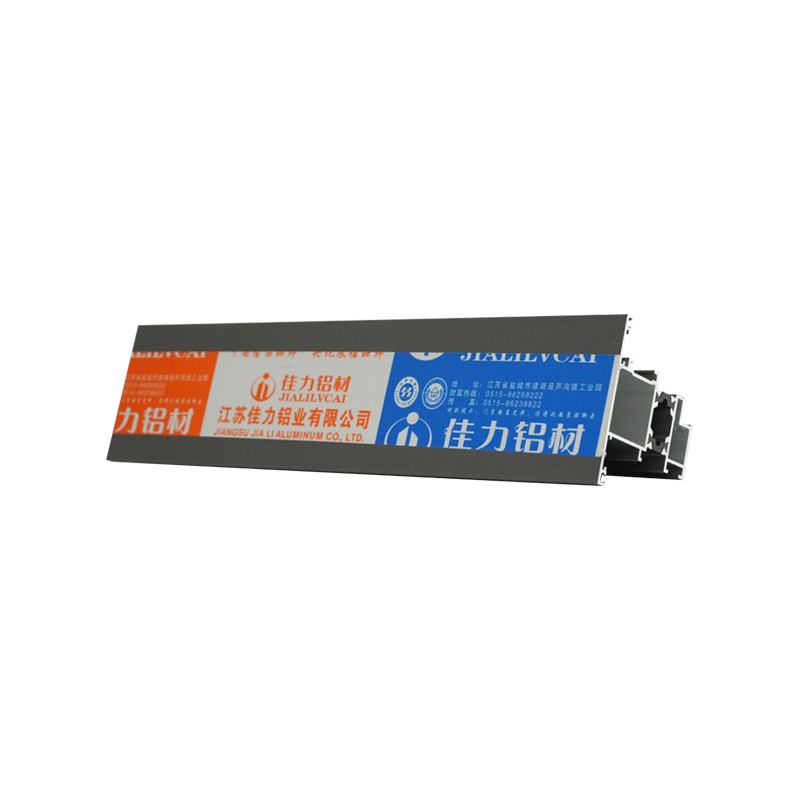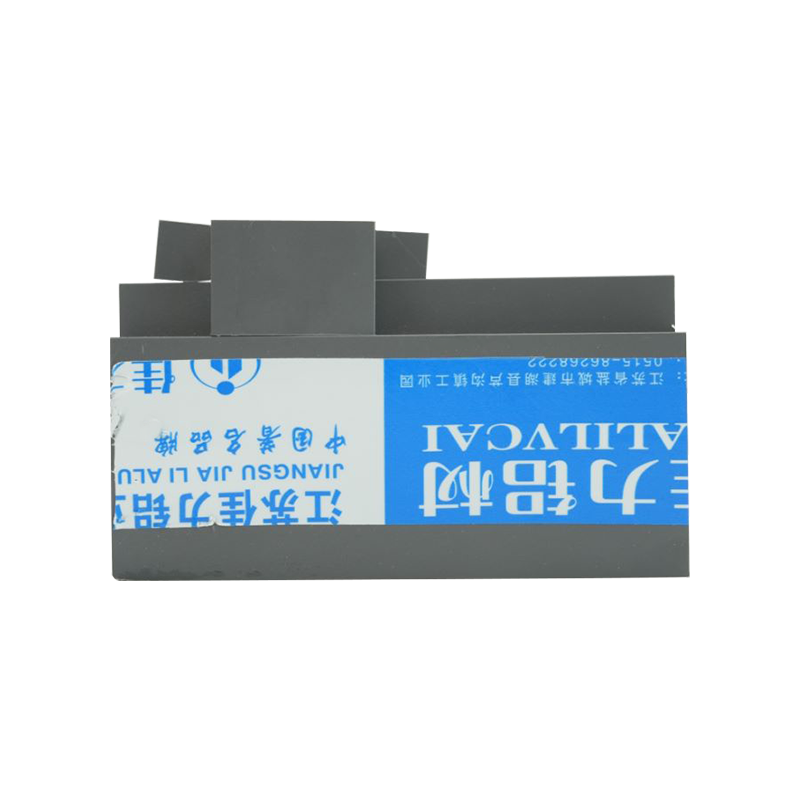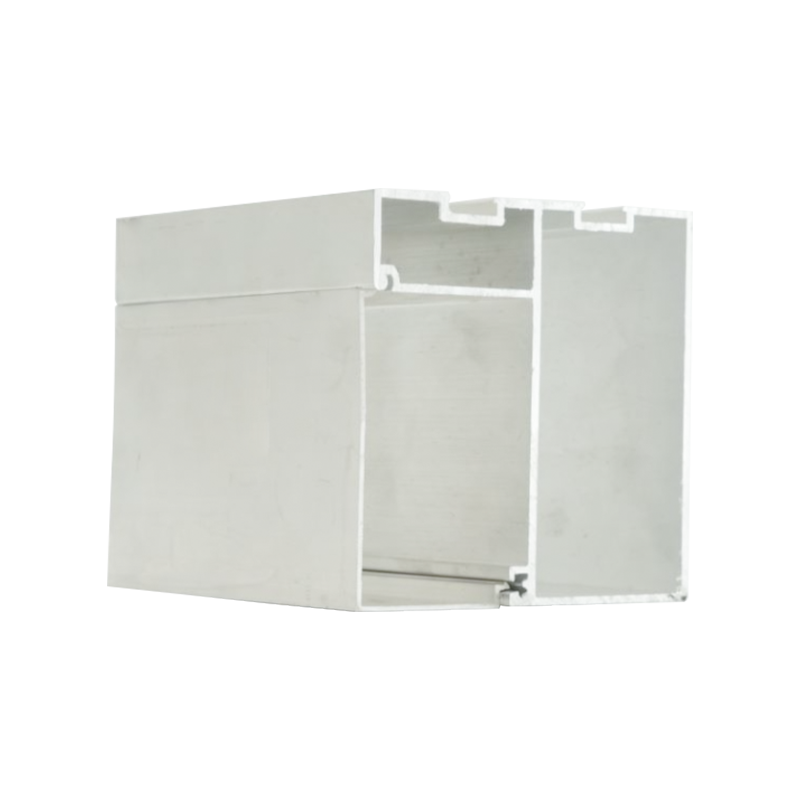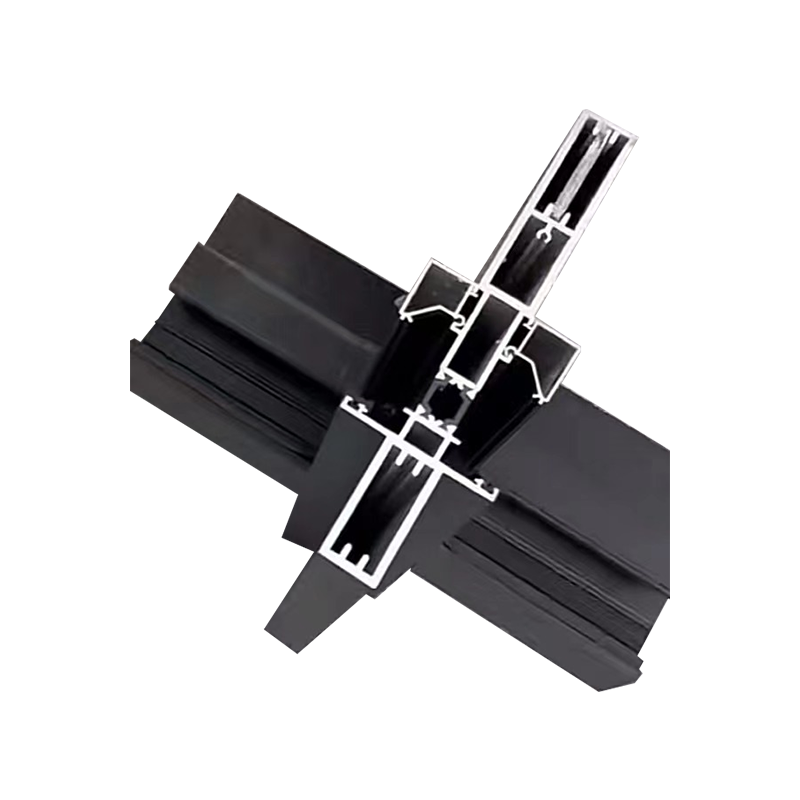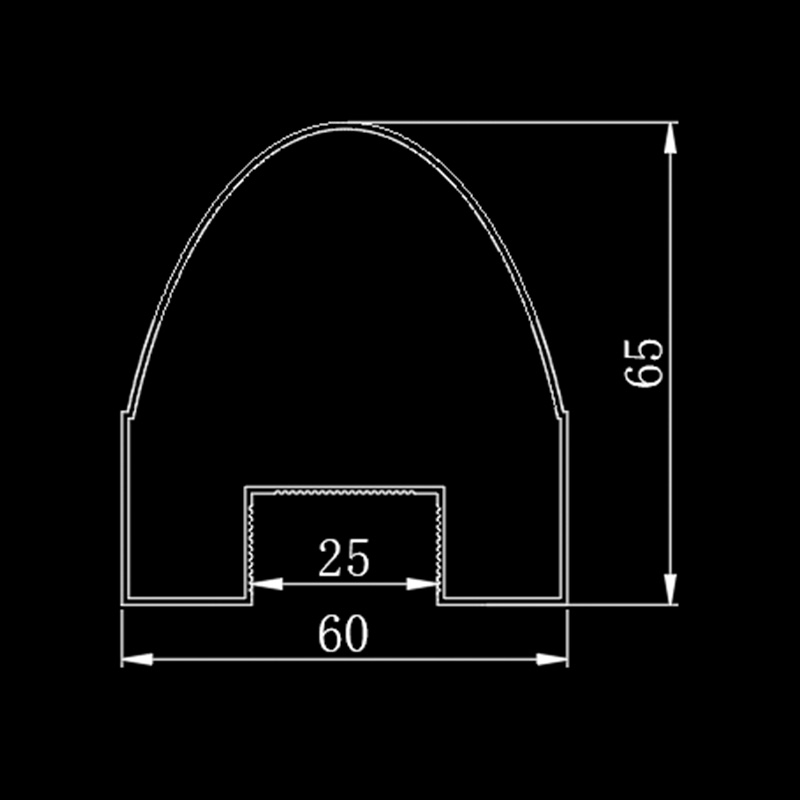Heat treatment, as an important means of modifying metal materials, has a decisive impact on the strength of aluminum profiles. By adjusting the heat treatment process parameters, the microstructure of the aluminum profile can be significantly improved, thereby improving its mechanical properties. For the battery shell floor of new energy vehicles, the heat treatment process is not only related to the strength of the aluminum profile, but also directly related to the safety and stability of the vehicle in complex driving environments.
Solution treatment is the first and crucial step in the heat treatment process. In this step, the aluminum alloy is heated to a temperature that is usually higher than the solid solution temperature of the alloying elements but lower than their eutectic temperature. At such high temperatures, alloying elements (such as manganese, magnesium, silicon, etc.) can be fully dissolved in the aluminum matrix to form a uniform solid solution. This process not only improves the solubility of alloying elements, but also promotes the uniform distribution of elements in the aluminum matrix, laying a solid foundation for subsequent heat treatment steps.
The effect of solution treatment is directly reflected in the microstructure of aluminum profiles. The microstructure of aluminum profiles after solid solution treatment is more uniform, which reduces component segregation and the formation of grain boundary precipitates, thus improving the overall strength and toughness of the material. In addition, solution treatment also enhances the corrosion resistance of aluminum profiles because the uniform solid solution reduces the driving force for electrochemical corrosion.
Quenching is the second critical step in the heat treatment process, following solution treatment. In this step, the aluminum alloy that has just undergone solution treatment is rapidly cooled to room temperature or lower. This rapid cooling process prevents the alloying elements from precipitating in time, thus forming a supersaturated solid solution in the aluminum matrix. Supersaturated solid solution is a metastable state with a large amount of free energy inside, which provides a driving force for subsequent aging treatment.
The quenching process has an important impact on the strength of aluminum profiles. On the one hand, quenching can retain the uniform structure obtained during solid solution treatment and avoid grain growth and component segregation; on the other hand, the formation of supersaturated solid solution provides prerequisites for the precipitation of strengthening phases in subsequent aging treatment. Therefore, the control of the quenching process is crucial to obtain high-strength aluminum profiles.
Aging treatment is the last step in the heat treatment process and is also an important step in determining the final strength of aluminum profiles. In this step, the quenched aluminum alloy is kept at a lower temperature for a period of time, usually ranging from a few hours to dozens of hours. During this process, the alloying elements in the supersaturated solid solution begin to gradually precipitate, forming fine dispersed intermetallic compounds or solid solution precipitates. As strengthening phases, these precipitates can effectively hinder dislocation movement and grain boundary sliding, thereby improving the strength and hardness of the material.
The effect of aging treatment depends on many factors, including aging temperature, time and alloy composition. By optimizing the aging treatment parameters, the ideal distribution and size of the precipitated phases can be obtained, thereby maximizing the strength of the aluminum profile. In addition, aging treatment can also improve the toughness and fatigue resistance of aluminum profiles, making them more suitable for the complex working environment of new energy vehicle battery shell floors.
The impact of the heat treatment process on the aluminum profiles of new energy vehicle battery shell floors is multifaceted. First of all, through reasonable heat treatment process, the strength, hardness and toughness of aluminum profiles can be significantly improved to meet the strict mechanical properties requirements of the battery shell floor. Secondly, heat treatment can also improve the corrosion resistance, fatigue resistance and wear resistance of aluminum profiles and extend their service life. Finally, the optimization of the heat treatment process can also reduce the production cost of aluminum profiles, improve production efficiency, and provide strong support for the development of the new energy automobile industry.
Although the heat treatment process has achieved remarkable results in improving the strength of aluminum profiles, it still faces some challenges. For example, how to accurately control the temperature and time during the heat treatment process to obtain the ideal microstructure and precipitated phase distribution; how to balance the relationship between strength and toughness to meet the comprehensive performance requirements of new energy vehicle battery shell floors; and how to While ensuring performance, it reduces energy consumption and environmental pollution during the heat treatment process.
Faced with these challenges, future heat treatment processes will pay more attention to intelligence, greenness and precision. Real-time monitoring and precise control of the heat treatment process are achieved by introducing advanced sensors, control systems and data analysis technologies; energy consumption and emissions are reduced by developing environmentally friendly heat treatment equipment and processes; and through in-depth research on the microstructure and properties of aluminum profiles The relationship between them provides scientific basis for the optimization of heat treatment process.

 ENG
ENG
 English
English русский
русский 中文简体
中文简体 Español
Español bahasa Indonesia
bahasa Indonesia
